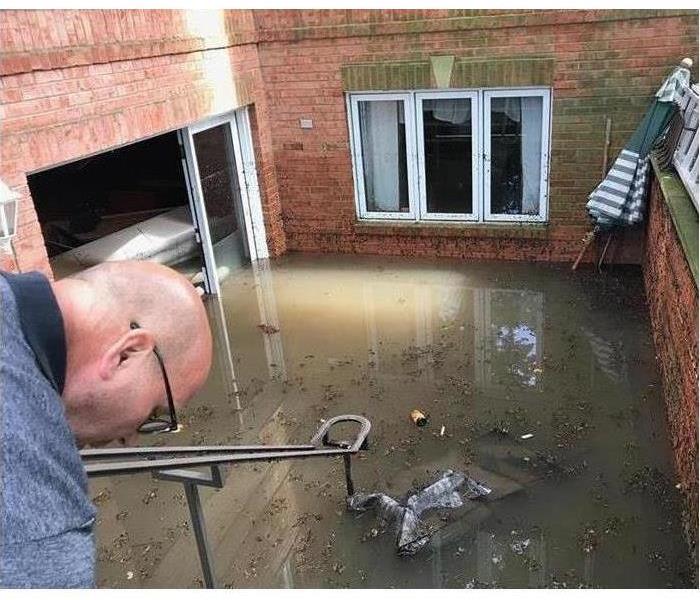When Does Mold Growth Follow Flooding?
4/26/2019 (Permalink)
If flooding has recently affected your home in Sleepy Hollow, IL, you are likely to be concerned about the effects of water damage and mold growth. Fungus may develop within just 24 to 48 hours of primary damage. Restoration experts classify flood water as highly contaminated Category Three black water because it may contain solid waste in addition to bacteria, chemicals and other dangerous debris. Learn more about mitigation measures to limit primary storm or water damage and prevent mold.
The First Two Days
The most important mitigation measures should be taken within the first 24 to 48 hours after flooding occurs. If you have remained at home during a flood, contact a mitigation and restoration service as soon as possible. If you have evacuated, schedule a consultation immediately after returning to a damaged residence. It is ideal to have trained professionals take the following steps within the first two days:
- Assess damage
- Extract standing water
- Tear out damaged materials
- Clean and disinfect
These measures can limit primary damage and discourage mold growth. Porous materials such as carpet, drywall and insulation are difficult to disinfect and may pose an elevated mold risk. These materials should be torn out and the affected area cleaned, disinfected and permitted to dry prior to restoration.
The Week After Flooding
In the event of an evacuation, damage may be left standing for longer than 24 to 48 hours. It is important to take the measures listed above as soon as possible to limit damage. Over the next few days, the affected area should be dried. Storm damage mitigation professionals may recommend using air movers, fans or dehumidifiers.
Ideally, mitigation will commence within 24 to 48 hours of water damage. It is crucial to remove standing water as quickly as possible. Maintaining low residual moisture levels afterward can prevent mold growth at a residence in Sleepy Hollow, IL.

 24/7 Emergency Service
24/7 Emergency Service
